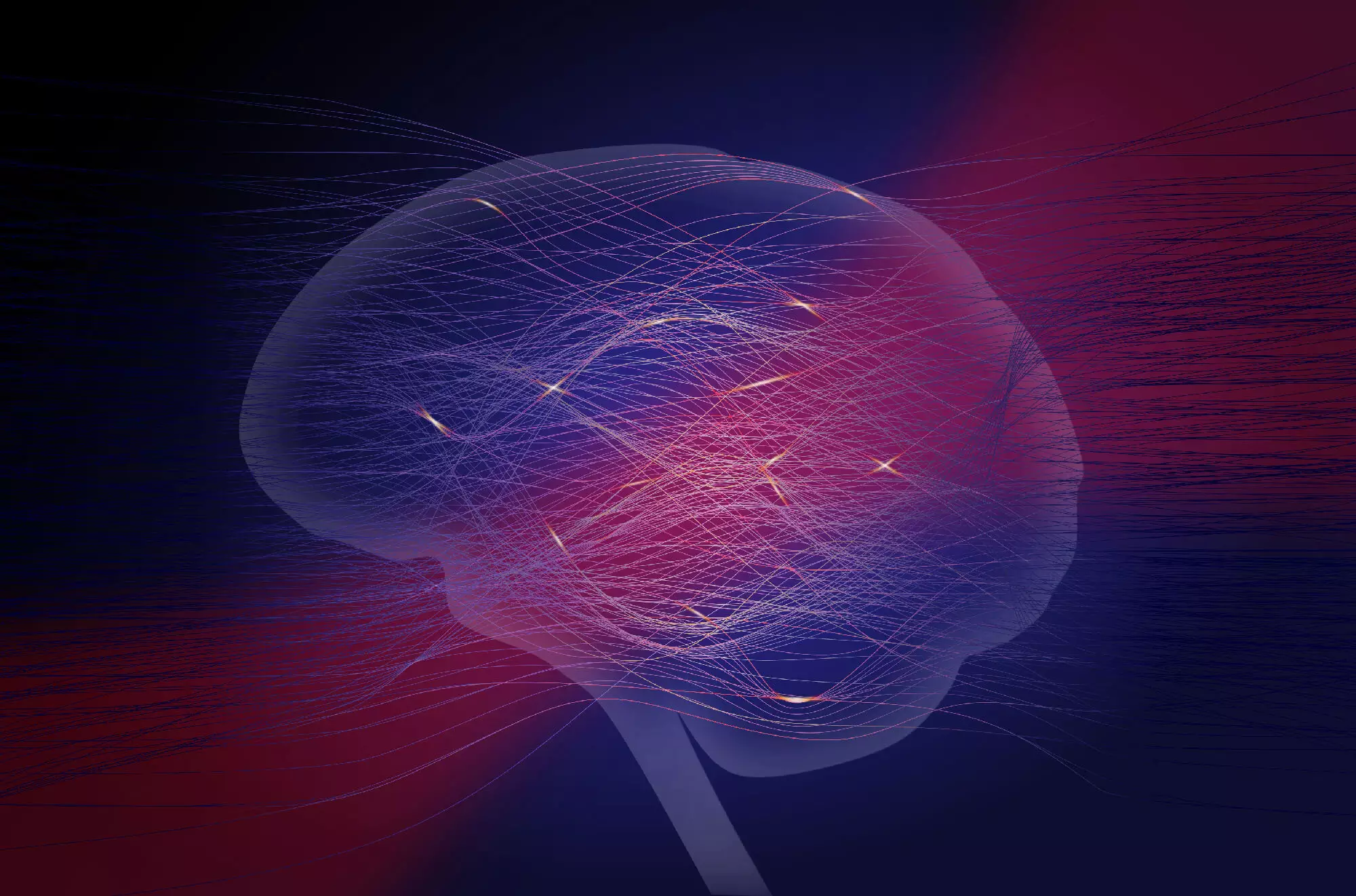In today’s world, machine learning and artificial intelligence are on the rise, with applications that span from computer vision to text generation. However, the increasing complexity of tasks has led to the development of neural networks with billions of parameters, resulting in exponential growth in energy consumption and training times. The unsustainable path that current neural networks are on has sparked the need for more energy- and cost-efficient alternatives, leading to the advancement of neuromorphic computing.
The Promise of Optics and Photonics
Optics and photonics have emerged as promising platforms for neuromorphic computing, offering the potential for minimal energy consumption and high-speed parallel computations limited only by the speed of light. Despite the promise of optics and photonics, two significant challenges have impeded their widespread adoption: the requirement of high laser powers for complex mathematical computations and the lack of an efficient general training method for physical neural networks.
Researchers Clara Wanjura and Florian Marquardt from the Max Planck Institute for the Science of Light have proposed a groundbreaking method for implementing neural networks using optical systems. In their article published in Nature Physics, they introduce a novel approach that simplifies the process of imprinting input signals by changing the light transmission, rather than imprinting the data on the light field itself.
By leveraging this new method, the researchers have shown that input signals can be processed in an arbitrary fashion, enabling the execution of complex mathematical functions without the need for high-power light fields. This approach not only streamlines the evaluation and training of physical neural networks but also offers the potential to achieve the same level of accuracy as digital neural networks in tasks such as image classification.
Looking ahead, Wanjura and Marquardt plan to collaborate with experimental groups to further explore the implementation of their method across a variety of platforms. By relaxing the experimental requirements, their proposal opens up new possibilities for neuromorphic devices, enabling physical training on a broad range of systems. This innovative approach has the potential to revolutionize the field of neural networks and pave the way for more sustainable and efficient machine learning practices.



Leave a Reply